News
Is People’s Republic Of China Out To Replicate Shekou Model 4.0 Of Port In Tanzania?
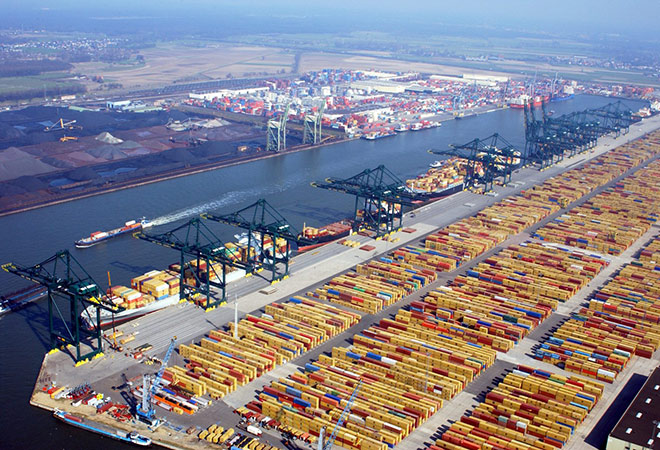
Marine Silk Road (MSR) famework and what it mean in Africa.
Today, Africa is on the top list of the economies on the move with multiple of unexploited resources to stretch its potential.One of the main frontiers for trade growth and multiple possibilities is the maritime sector where cargo growth is on the rise. However, many African ports are largely incapacitated to handle the bulging demand for imported goods from rising African middle class. For such reasons, most countries require significant investments in the maritime sector in order to handle a targeted throughput of excess of 2 billion tonnes by 2040.Tanzania just like other Africa’s ports, are struggling to match with increasing traffic with challenged maritime freight infrastructure. Notably, operational inefficiency, lack of specialist terminal operators and linkages results to high berth occupancies with ships undergoing unprecedented waiting time and congestions.
The region’s governments and economic communities have transformative port-industrial complex plans but with crippled capital funding for upgrading and modernizing their ports as well as developing greenfield projects independently. To solve the challenge, Tanzania have turned to leading financer of African infrastructure, China( as well as its state-owned construction & engineering companies) for funding and modernization of its existing maritime infrastructure.
Chinese investment and mega projects in African ports have been on the rise under the strong China’s Belt and Road Initiative (BRI). The investments in the continent ports are key to the BRI more so its US$40 billion Maritime Silk Road (MSR)linking China to Africa and rest of the world to boost its trading potentials. The initiative provides China with political leverage in the continent and Beijing’s geostrategic positioning.
In Tanzania, BRI projects are at the center stage of the country’s mega projects aimed at exploiting its economic potentials. Beijing’s presence in the country and investments from economic to military sector is on upward trajectory with some attributions to China-Tanzania long-lasting diplomatic relationship as well as tactical geopolitical positioning in the continent and strengthening the influence in the region beyond the traditional superpowers.
This strategic penetration,investment and influence have raised several concerns locally and beyond the continent among the long-time influencers. Under BRI umbrella, Chinese state-owned enterprises(SOEs) mainly China Merchants Group (CMG)has been seen as attempting to replicate elements of “Port-Park-City” or “ShekouModel 4.0” model in Africa and in particular Tanzania. This framework is based around the Shekou Industrial park in Shenzhen city, Guangdong Province in China created in 1979. It became the country’s pioneer special economic zone and sparked the growth of Shenzhen as a reputable commercial and industrial hub. It’s a story of CMG transforming Shekou village that lacked basic infrastructure to a modern metropolitan centrewith a world class industrial zone.
Additionally, Shekou model entails developing adjacent industrial parks, commercial structures, roads, free trade zones, residential areas &power plants. According to President of CMG, Li Xiaopeng in 2027,with focus on the port, the model is aimed beyond facilitation of transportation of goods to developing bigger integrated system that help sustain the ports and in turn sustain itself. With all these, Beijing is out to use the template to adjust its port strategic projects worldwide.
What does the Port-Park-City model look like in Africa and why Tanzania?
The Shekou model is indisputably in play in Tanzania based on long-standing relationship with Beijing since independence occasioned by multiple joint projects that have as well benefited the relations. Today, planning documentations features a space allocation for port, logistic zones and several adjacent industrial zones. Upon independence of Tanzania, PRC extended diplomatic recognition of the country and has targeted the country as its primary target for economic, technical assistance and military diplomatic centre in the region.
The outstanding project was Tanzania-Zambia Railway (TAZARA) from the late1960s.In the entire 1970s, PRC provided loans up to $286 million and additional grant of $28.6 million, also during that time, Beijing dispatched more than 50,000 engineers, technicians and laborers to work on the various sites. Notably from history, the phenomenon of massive infrastructure projects through loans, grants and imported workforce has always strengthen China- Tanzania relationship, away from even trapping Tanzania with the debts, PRC has been ‘soft’ on Tanzania and even willing to forgive debt when projects fail. All these can only be attributed to Chinese long-term game plan and positioning in Africa as Tanzania is a key country to its plan. Much of Beijing’s plans and intentions are mostly opaque, but its activities and projects from BRI to now military drills in coastal sea of Indian Ocean points a finger a Beijing that it out full throttle stamp its influence in Africa and beyond.
Tanzania is also strategically positioned through Bagamoyo Port to connect landlocked countries in Central Africa via road & railway connections where by road and rail links is under provision of Tanzanian government.
What happens to land rights & sovereignty of Tanzania?
The hallmark project of the China Merchants Shekou model in Tanzania hasn’t been a smooth ride for actualization in the country. The mega project has drawn major concerns from the locals and the government over the emotive issue of land. In 2018 and 2019 for example, the project faced serious hurdles over land issues, terms of loans and sovereignty thus stalling the project indefinitely. Tanzanian expressed option about expanding ports in other parts of the country while focusing on modernization &expansion of trafficked Dar es Salaam port. For China Merchants it was firm that no other port should be built between regions near Bagamoyo project. There were genuine concerns over land use by Tanzania Ports Authority as the main argument is that ‘land is for Tanzania” and the development project must be favorable to the local people.
Unfortunately, the reality is that modern Shekou framework waters down early concerns about land use and lacks clear regulations for zone operations. Initially with the origin of Shekou model the land rights, usage and retaining of ownership were exclusively for local authorities. That is never the case now, as PRC controls the entire projects and rights with little public knowledge of the terms of agreements. They go ahead to influence where projects should be established based on deep interests only known to them raising concerns of sovereignty of Tanzania.
Impact of MSR on Tanzania’s blue-economy and Illegal Unreported and Unregulated (IUU) fishing
Blue economy is a major pillar of Tanzania’s coastal economy within millions of livelihoods depending on the economy. Mega infrastructural projects of magnitude of Marine Silk Road have several underlining effects on eco-system marine which is already under threat with the presence Chinese deep sea fishing vessels. Despite the project pointing out direct benefits to the locals, the reality is that there are several concerns PRC importing workforce limiting the local people to access the employment chances to make a living.
While the project have disrupted fishing activities in the region which majority of the residence depends on, the marine life is threatened with increased illegalities and crimes in the fishing industry of the region.
As outlined in several investigative reports, Chinese vessels are majorly accused of Illegal unreported andunregulated fishing while it boasts of high numbers of fishingvessels in Indian Ocean Coast line. Actions against these crimes remains a mirage with existing authorities doing little about them due to opaqueness of terms of engagements with China for these massive projects.
Marine Silk Road initiative is definitely not going to slow down the normal as China is now going to get upper hand in effectively transporting required goods and trade for marine products from the region to its worldwide market.
Kenya Insights allows guest blogging, if you want to be published on Kenya’s most authoritative and accurate blog, have an expose, news TIPS, story angles, human interest stories, drop us an email on [email protected] or via Telegram
-

 Investigations2 weeks ago
Investigations2 weeks agoHow Land Grabbing Cartels Have Captured Ardhi House
-
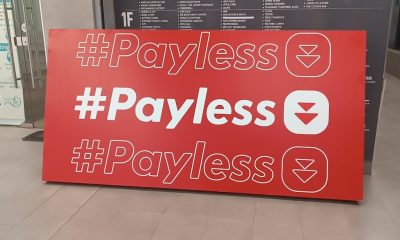
 Business2 weeks ago
Business2 weeks agoPanic As Payless Africa Freezes With Billions of Customers Cash After Costly Jambopay Blunder
-

 News3 days ago
News3 days agoTemporary Reprieve As Mohamed Jaffer Wins Mombasa Land Compensation Despite Losing LPG Monopoly and Bitter Fallout With Johos
-
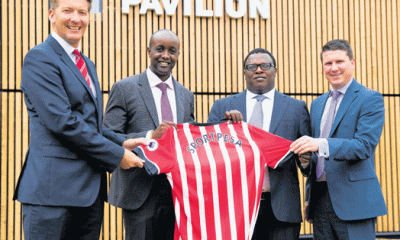
 Investigations1 week ago
Investigations1 week agoHow SportPesa Outfoxed Paul Ndung’u Of His Stakes With A Wrong Address Letter
-
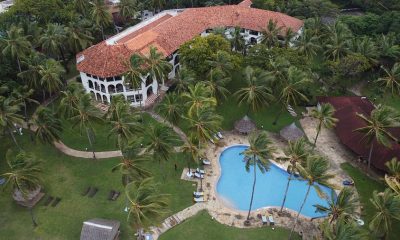
 News2 weeks ago
News2 weeks agoSCANDAL: Cocoa Luxury Resort Manager Returns to Post After Alleged Sh28 Million Bribe Clears Sexual Harassment and Racism Claims
-
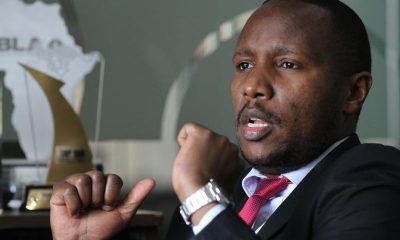
 Investigations4 days ago
Investigations4 days agoFrom Daily Bribes to Billions Frozen: The Jambopay Empire Crumbles as CEO Danson Muchemi’s Scandal-Plagued Past Catches Up
-

 Sports3 days ago
Sports3 days ago1Win Games 2025: Ultimate Overview of Popular Casino, Sports & Live Games
-
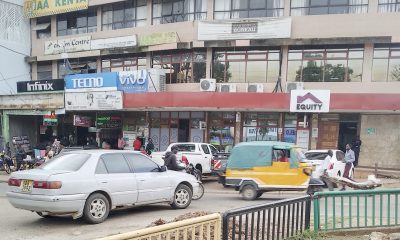
 Investigations1 week ago
Investigations1 week agoInside the Deadly CBD Chase That Left Two Suspects Down After Targeting Equity Bank Customer Amid Insider Leak Fears

















